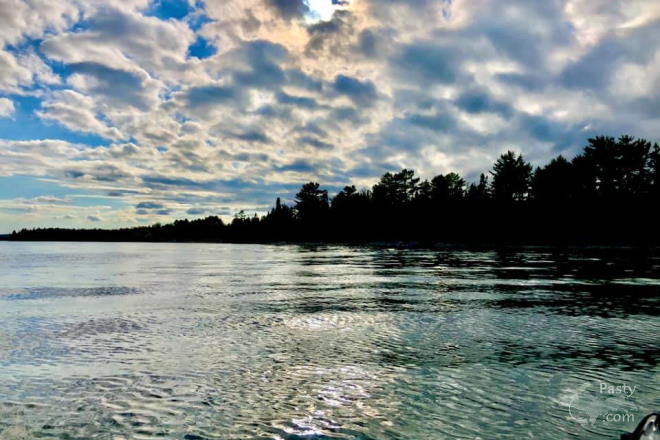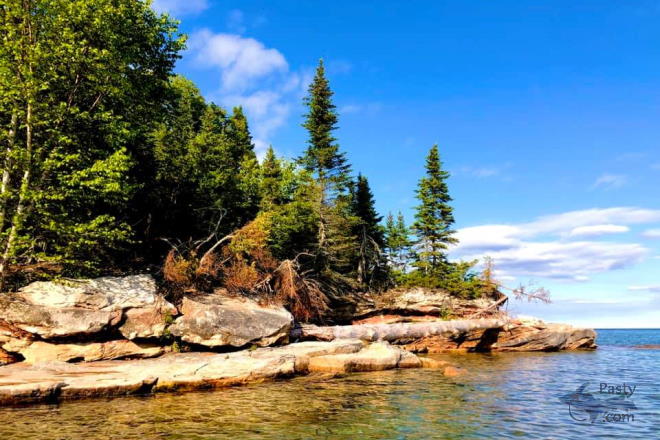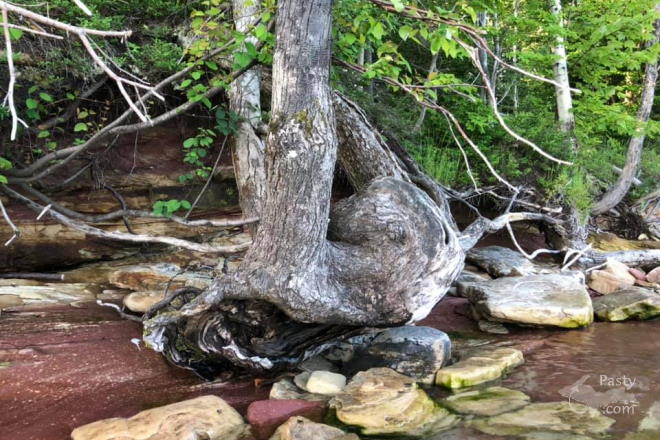By FRNash/PHX, AZ (Frnash) on Friday, July 17, 2020 - 11:48 pm:
D. A. (Midwested)
"The Grenville Mountains is labeling another big piece of what's now North America and is a tectonic plate (i.e. a big chuck of the earth's crust moving eastward, colliding with the more western crust.
… while the moving Grenville plate creates westward pressure."
Eastie, westie, oopsie?
D. A. (Midwested)
"… it's reacting kinda like popping a pimple (that's my own geologic term I just made up)."
Ya just gotta love those fancy geological terms! 😉







